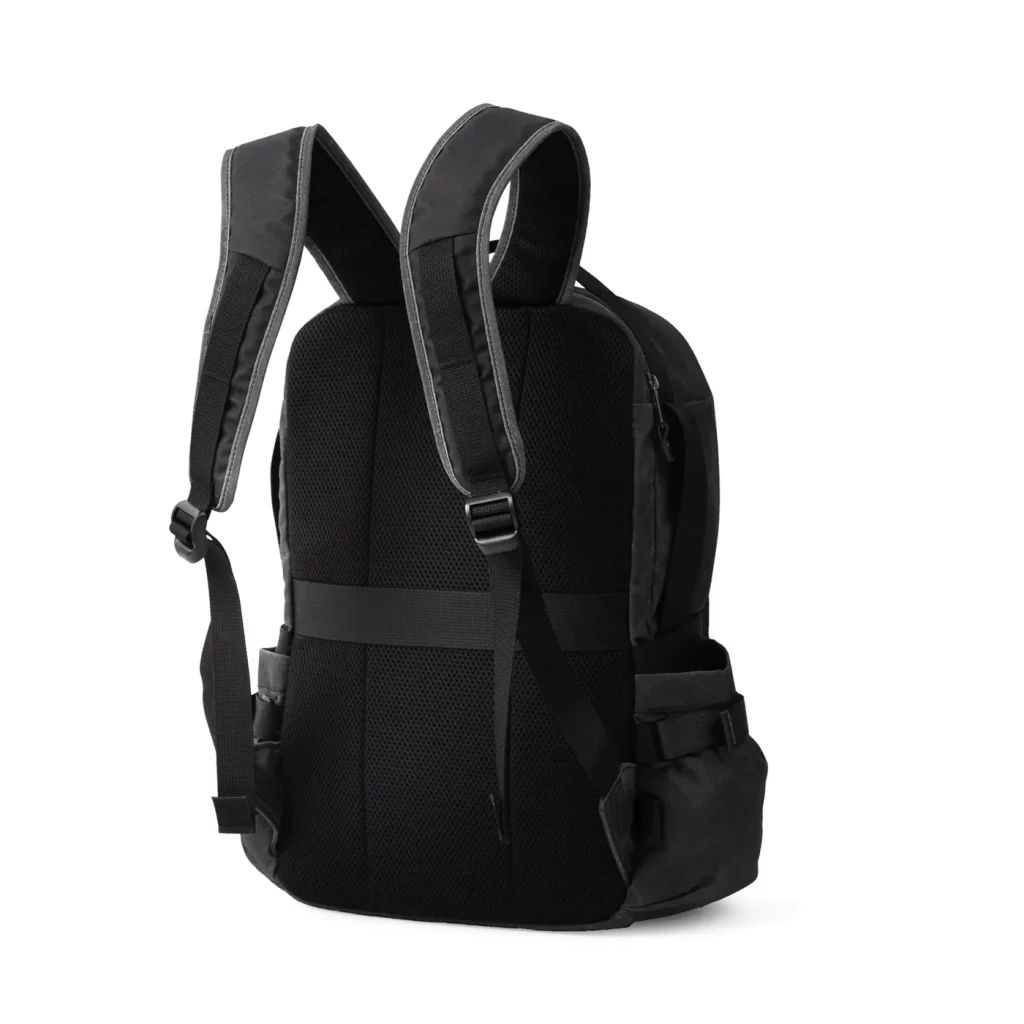A hiking backpack is not just a bag; it’s your mobile basecamp, carrying the essentials for your outdoor adventures. Selecting the right hiking backpack is a crucial decision that can significantly impact your comfort, convenience, and overall enjoyment on the trail. In this guide, we’ll explore the key factors to consider when choosing a hiking backpack and offer insights to help you find the perfect pack for your needs.
**1. Understanding Your Needs:
- Trip Duration and Type: Consider the duration and type of trips you’ll be embarking on. A daypack is suitable for shorter excursions, while a multi-day pack is essential for extended hikes or backpacking trips.
- Capacity: Hiking backpacks are categorized by capacity in liters. Daypacks typically range from 20 to 30 liters, while multi-day packs can go up to 70 liters or more. Choose a capacity that accommodates your gear without unnecessary bulk.
- Special Features: Some backpacks come with specialized features such as hydration reservoir sleeves, built-in rain covers, and easy-access compartments. Evaluate these features based on your preferences and the conditions you expect to encounter.
**2. Finding the Right Fit:
- Torso Length: Measure your torso length to ensure a proper fit. Most backpacks come in different sizes, and a well-fitted backpack reduces strain on your shoulders and back.
- Hip Belt and Shoulder Straps: A padded hip belt should rest comfortably on your hips, transferring the weight to your lower body. Shoulder straps should be adjustable and snug without causing discomfort.
- Ventilation: Look for backpacks with ventilation features, such as mesh back panels, to prevent excessive sweating and improve overall comfort during long hikes.
**3. Considering Backpack Types:
- Frame Type: Hiking backpacks come with internal, external, or frameless designs. Internal frames are common for larger packs, providing stability and load support. External frames are excellent for heavy loads, and frameless packs are lightweight and flexible.
- Pack Access: Consider how you want to access your gear. Some backpacks have top-loading designs, while others offer front or side access. Choose based on your preference and the ease of reaching your essentials.
**4. Durability and Weather Resistance:
- Material: Look for backpacks made from durable materials like ripstop nylon or polyester. Water-resistant coatings or built-in rain covers are essential for keeping your gear dry in unexpected rain.
- Seams and Zippers: Reinforced seams and high-quality zippers contribute to the overall durability of the backpack. Check for double stitching and sealed seams to prevent water leakage.
**5. Packing and Organization:
- Compartments and Pockets: Evaluate the organization options. Multiple compartments and pockets make it easier to access specific items without rummaging through your entire pack.
- Attachment Points: Look for attachment points, like gear loops and daisy chains, for securing extra gear such as trekking poles, sleeping bags, or tents externally.
**6. Testing and Adjusting:
- In-Store Testing: Whenever possible, try on backpacks in-store with added weight to simulate real hiking conditions. Pay attention to how the backpack distributes the load and if there are any pressure points.
- Adjustment Period: Allow for an adjustment period when using a new backpack. Experiment with strap adjustments, weight distribution, and packing methods to find the most comfortable configuration.
In conclusion, finding the perfect hiking backpack involves a thoughtful consideration of your specific needs and preferences. Take the time to research, try on different models, and select a backpack that complements your hiking style. A well-chosen backpack will not only carry your gear but also contribute to a more enjoyable and comfortable outdoor experience. Happy trails!

